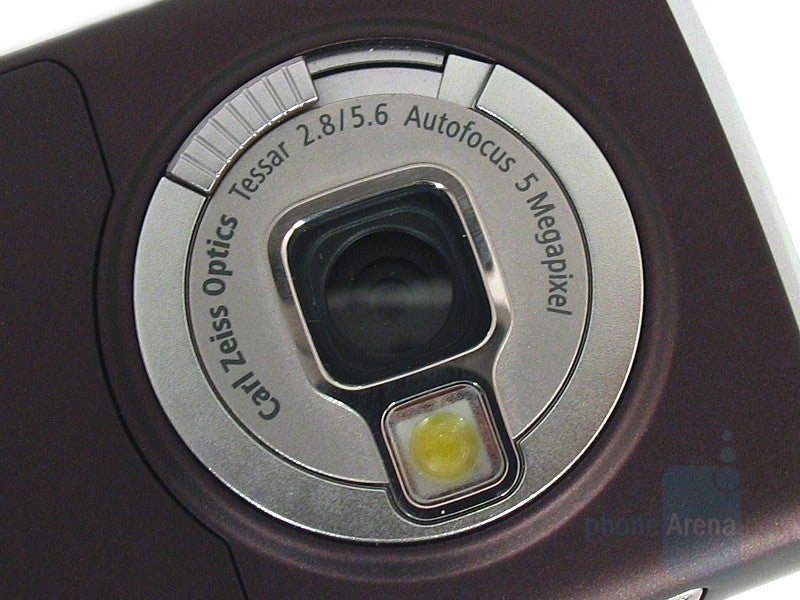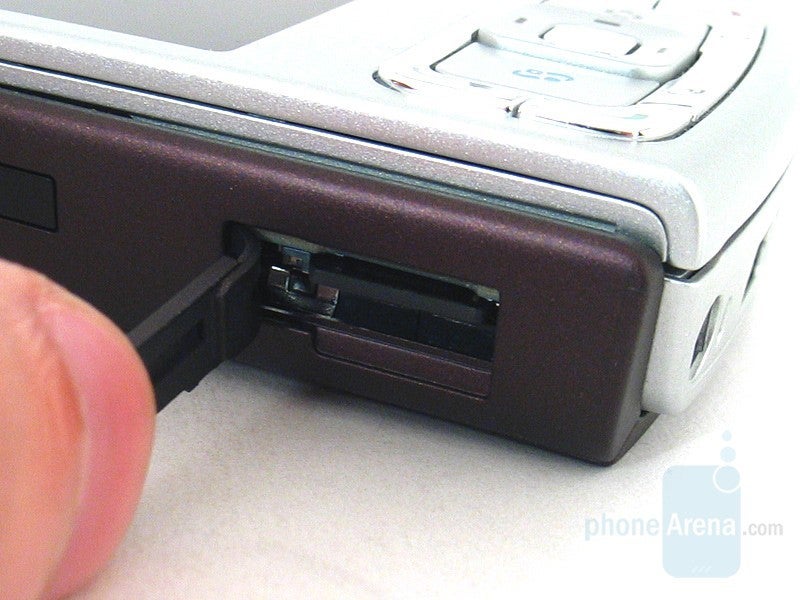The Nokia N95 broke down barriers before the iPhone

The year was 2006, almost a full year before the original iPhone was unveiled, and the Nokia N95 was just beginning its journey to stardom. It's sobering to try and fathom how long it's been since that Symbian based smartphone hit the scenes, but for a phone classified as a brick in our day and age, it was a powerhouse like no other during its time. That's probably why, too, it's a phone we feel as being too ahead of its time. Even though it was largely unknown by most consumers here in the US, the Nokia N95 solidified its position in cell phone history.
For a phone released back in 2007, it was simply a beast that was ahead of its time, especially in comparison to the handful of other smartphones fighting for position back then. Even after the original iPhone's announcement and subsequent release, the Nokia N95 was still highly sought out from consumers. It's a testament to say the least, but absolutely warranted for the amount of tech the Finnish company was able to stuff into it.

The Nokia N95 set the benchmark with its 5-megapixel camera with Carl Zeiss optics, making it the most advanced camera phone of its time.
However, the absolute biggest draw for the Nokia N95 was its camera, a whopping 5-megapixel sensor, which for its time was undeniably unique. Featuring Carl Zeiss optics, along with a handy LED flash, the N95 proved without a doubt that smartphones were just as capable of capturing high-quality images with their cameras – rivaling dedicated point and shoots to an extent. Additionally, the camera interface with the N95 was well advanced than most others, offering access to controls like ISO, white balance, sharpness, contrast, exposure compensation, and much more! Those are settings you typically couldn't adjust with your ordinary cell phone, so it was unbelievable that the N95 offered it.

Unlike today's smartphones, the Nokia N95 featured an easy to access microSD card slot.
By the mid 2000s, smartphones were increasingly showing their worth and convenience. With the culmination of the Nokia N95, it seemingly proved the idea that smartphones were more than phones. In fact, the N95's camera performance earned acclaim from critics as being a point-and-shoot replacement. This was the phone that seemingly turned the tides, giving rise to the idea that smartphones could replace several dedicated gadgets. Nowadays, you rarely ever see anyone use a dedicated GPS unit or an entry-level point-and-shoot camera. We owe a lot to the Nokia N95, which was truly ahead of its time.
Follow us on Google News











Things that are NOT allowed:
To help keep our community safe and free from spam, we apply temporary limits to newly created accounts: